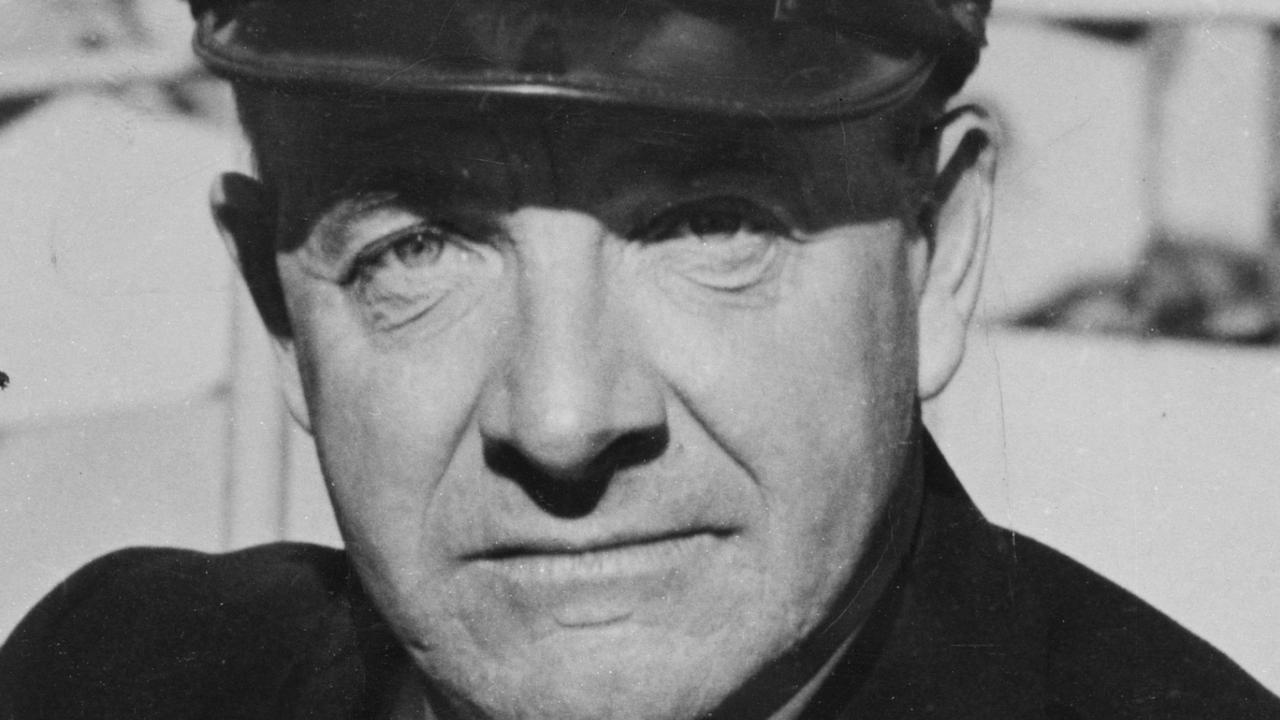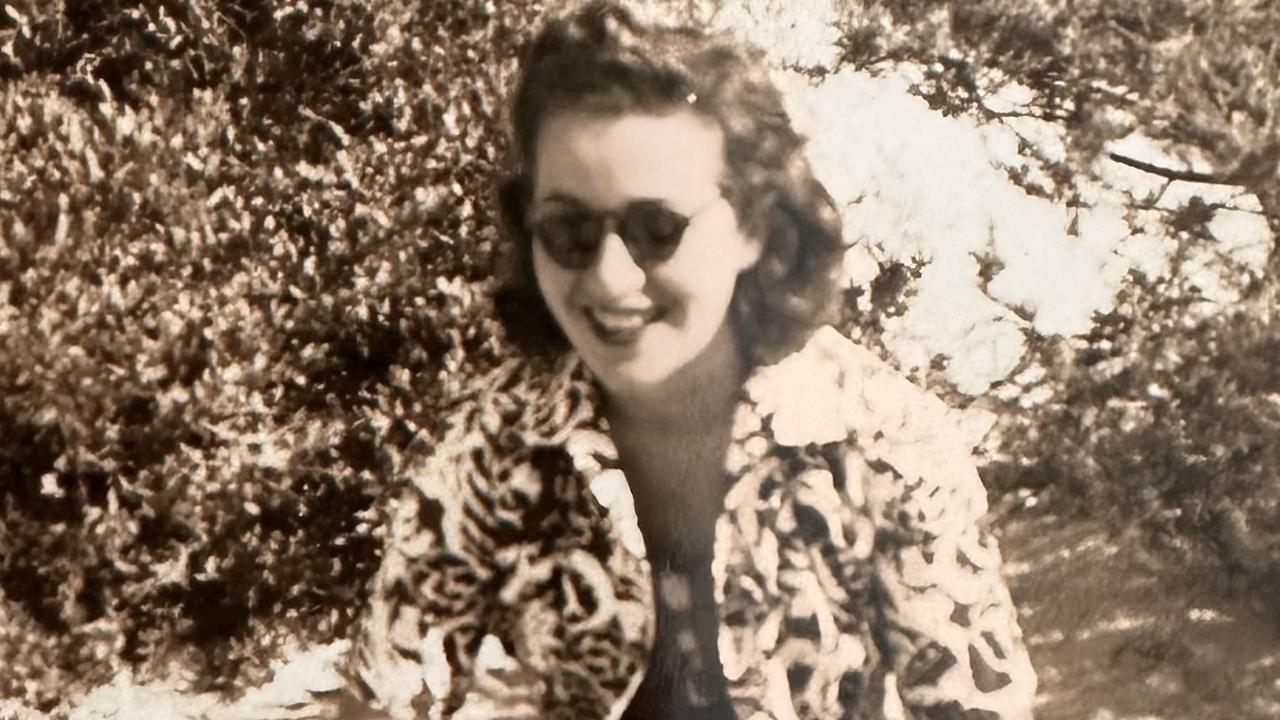World heavyweight champion Muhammad Ali was the world’s ‘greatest’ conscientious objector
THERE was an unusually high level of interest in the draftees who turned up for induction at the Armed Forces Examining and Entrance Station in Houston 50 years ago today.

Today in History
Don't miss out on the headlines from Today in History. Followed categories will be added to My News.
THERE was an unusually high level of interest in the draftees who turned up for induction at the Armed Forces Examining and Entrance Station in Houston 50 years ago today. The reason for the interest was Muhammad Ali, the world heavyweight boxing champion and an outspoken African-American activist formerly known as Cassius Clay .
Unlike other draftees Ali didn’t avoid his obligation. He dutifully presented to the draft board, but when he was called to step forward for induction he refused.
He later told the press: “My conscience won’t let me go shoot my brother, or some darker people, or some poor hungry people in the mud for big powerful America. And shoot them for what? They never called me nigger, they never lynched me, they didn’t put no dogs on me, they didn’t rob me of my nationality, rape and kill my mother and father. Shoot them for what? How can I shoot them poor people? Just take me to jail.”
It sent shockwaves across the US. He was reviled as a shirker, but others admired him for his bravery. He was stripped of his title and the incident threatened to end his career.
Ali’s act of defiance was bothersome to a government dealing with rising numbers of objectors. It was an alarming trend that went against nearly two centuries of citizens being called up for the military.
After breaking away from Britain during the War of Independence (1775-1783) the US established a defence force in case the British, or any other country, decided to rob them of their hard won independence.
The Militia Act of 1792 ordered that “every free able-bodied white male citizen of the respective States, resident therein, who is or shall be of age
of 18 years, and under the
age of 45 years” should make themselves available for service in state-based militias. The act (which also stipulated citizens provide their own “musket or firelock”) founded a tradition that each man should do his duty in time of war, fighting for his country. But it was in the Civil War (1861-1865) the first real conscripts were called up.
Both the Confederacy and the US Government passed conscription laws. In the south there was resistance, some likening it to slavery. However, conscripts in both armies could pay for a substitute to take their place. Only 2 per cent of troops in the war were conscripts and 6 per cent were substitutes taking the place of conscripts.
During World War I conscription was again introduced. Names were drawn in a national lottery and local boards selected suitable inductees. Exemptions were made for religious and political conscientious objectors. World War II used a similar system, but after the war the US government continued compulsory military service because of the need for occupation forces. The Selective Service Act of 1948 implemented compulsory national service. Men were issued with draft cards they had to carry at all times.

The highest profile national service draftee of the ’50s was Elvis Presley, whose willing submission (serving from 1958-60) was a publicity coup for the government. A very different experience to that of Jimi Hendrix, who was forced to join the army in 1960 or be thrown in prison for theft. A year later he was discharged for “behaviour problems” which included “apprehended masturbating in platoon area while supposed to be detail”.
During the Vietnam War avoiding the draft almost became a national sport. Political opposition to the war rose as the death toll of both US soldiers and Vietnamese civilians rose and stories of the horrors and futility of the conflict multiplied. Tens of thousands of Americans burned their draft cards in protest and many fled to Canada to avoid the draft.
There were easier ways to avoid service, including applying religious grounds, by going to university or joining the National Guard. In 1967 singer Bruce Springsteen avoided service by acting “crazy” and being classified unfit for service (although a concussion suffered in a motorcycle accident also contributed to that decision).
Ali applied for exemption as a conscientious objector, which was rejected. On April 28, 1967, he presented himself at the induction centre and refused to step forward. He was stripped of his heavyweight title and banned from boxing. Ali was then convicted of refusing military service and threatened with a $10,000 fine and five years prison. He appealed and in 1971 the decision was overturned in the Supreme Court on the grounds that he was a legitimate conscientious objector.


